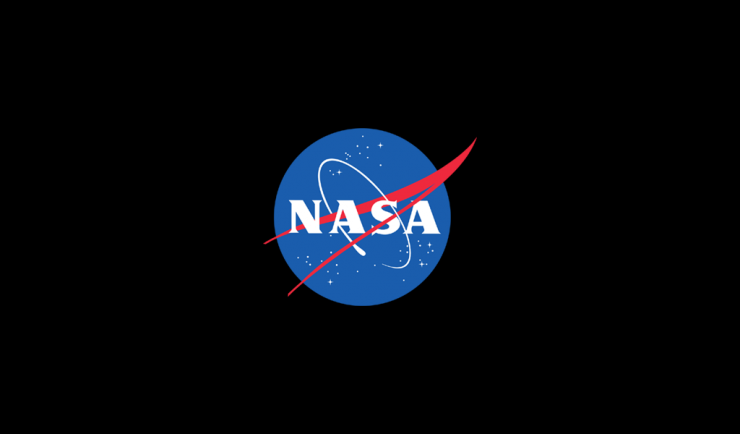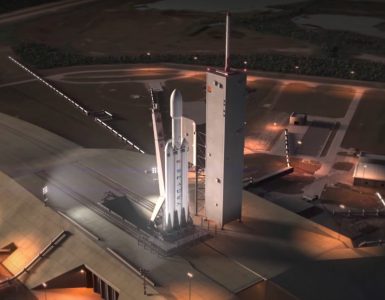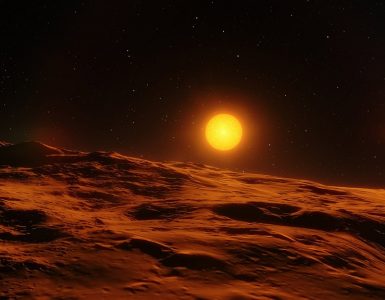NASA just released its software catalog for the year and it lists a lot of apps, libraries, and tools available for use by anyone interested. However, most of the apps and tools are related to spacecraft stuff. But, there are some apps and pieces of code that might prove useful to curious ones. Take a look at the full catalog here.
For those building drones
You might want to use Consultative Committee for Space Data Systems (CCSDS) File Delivery Protocol (CFDP) Software Library, a library that supports transfer of large data blocks to and from spacecrafts. It supports both flight and ground software and offers great file integrity.
To identify things like craters, mountains, and so on
Once your drone has picked up some imagery, you might want your system to identify craters, mountains, and valleys in the imagery. This can be done using PixelLearn, software that enables you to set rules for pixels and program to automatically identify things mentioned above. The tool makes use of advanced clustering algorithms.
To set up stereoscopic cameras
Jet Propulsion Laboratory (JPL) Stereo Vision Software Suite (JPLV) offers a set of utilities for robotic vision such as camera calibration, stereo ranging, etc. The good thing about this software is that you don’t need to have specialized knowledge of computer vision.
To stabilize video images
Video Image Stabilization and Registration (VISAR) software was developed by NASA to stabilize the video imagery. Images in videos often get distorted because of the motion of the camera.
For those interested in exploring the planets
Perhaps you like exploring planets and finding out more about them. NASA has released Earth Global Reference Atmospheric Model (GRAM) 2016, a software that can help you understand the atmosphere of planets based on parameters such as temperature, winds, density and so on. You might also want to try out Forecast Model Web that produces custom visualizations based on forecast data.
NASA has also released a Spacewalk game which offers simulations of various EVAs performed at the International Space Station. The game is available to play online, windows, and Mac. Another app called the Glenn Research Center: The Early Years enables you to take a tour of the R&D facility between the time period of 1941 and 1979. Apart from just apps and libraries, NASA has also released a huge collection of images, textures, and 3D models that one can use for education.





















